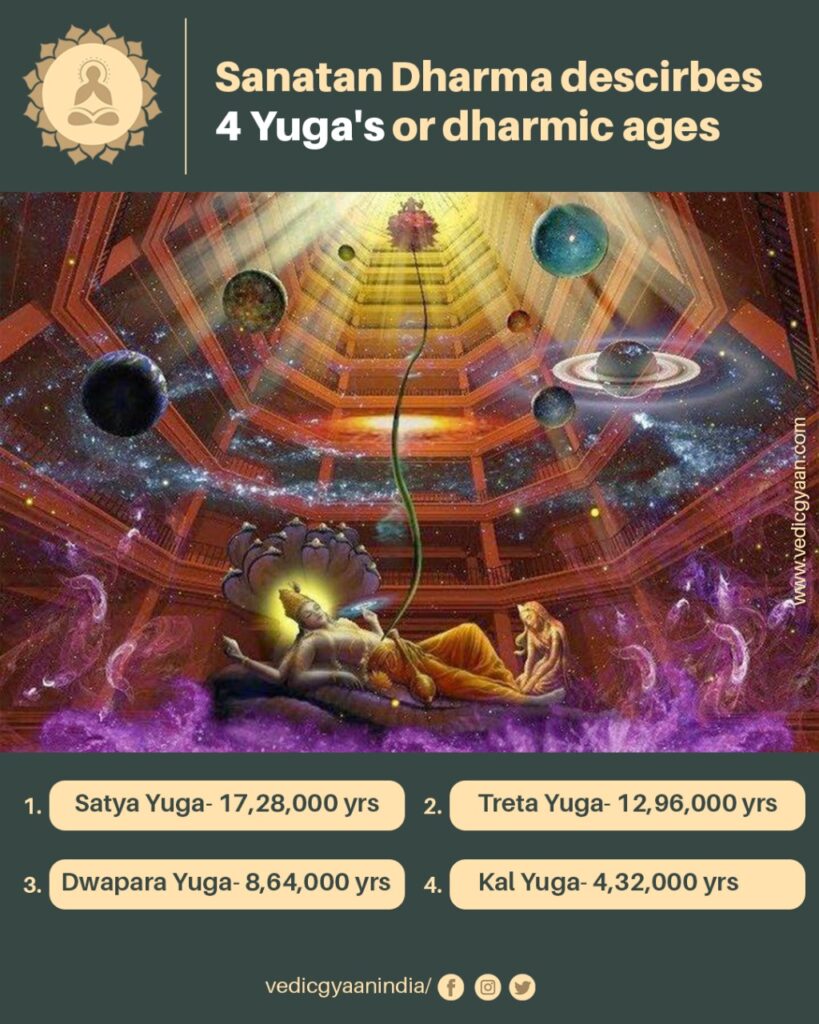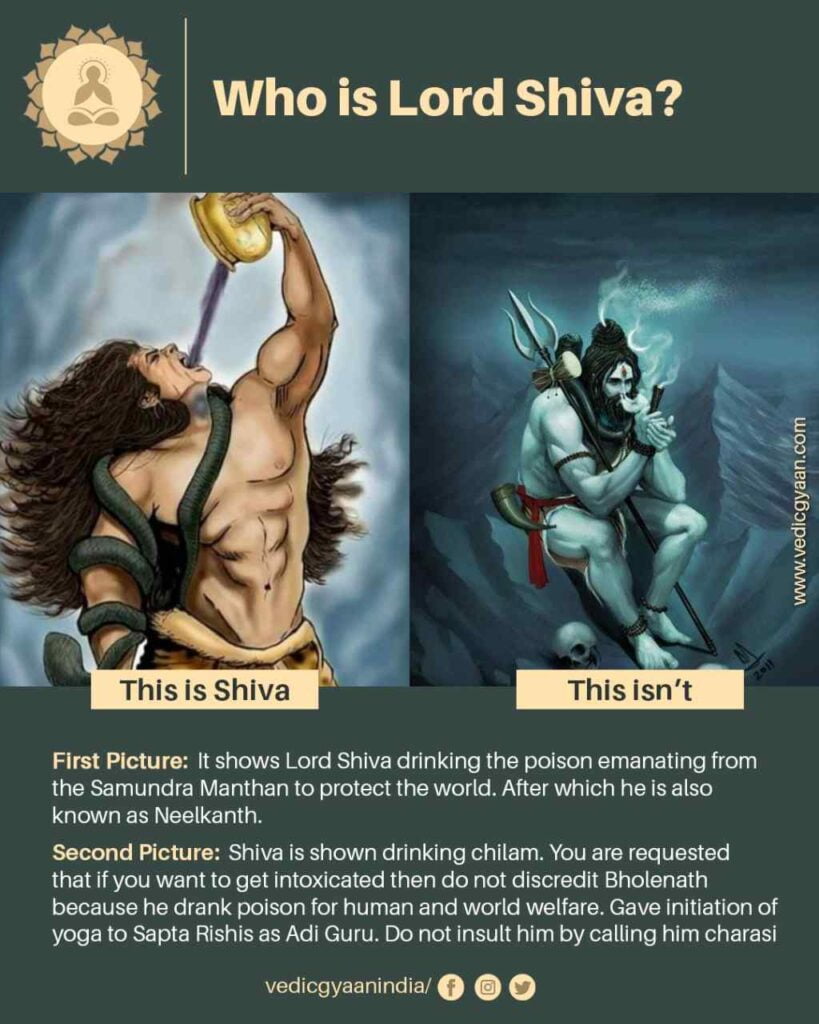Introduction: The Eternal Spark Within Us
In the age of artificial intelligence, genetic cloning, and brain-computer interfaces, one question remains untouched by technological progress — does the soul exist? While modern science edges closer to unlocking consciousness, the Vedas have spoken of the ātman — the soul — for thousands of years. This article will not only affirm the existence of soul but also prove how ancient Vedic wisdom and cutting-edge science are finally converging.

What is the Soul According to Vedas?
The soul, or ātman, in Vedic literature, is not a figment of imagination. It is eternal, indestructible, and beyond the limitations of the physical body.
Rig Veda 10.14.7:
“यं यं यं वाङ्मनसावदन्ति स एनं विन्दते वेद सत्यं”
“Whatever the mind and speech strive to reach, that indeed is the soul. He who knows it attains truth.”
This verse points directly to the core of consciousness that cannot be grasped by external senses, yet is the knower of all. The soul exists as a divine spark, untouched by birth or death.
Many treat the soul as a philosophical or religious concept. However, Vedic texts and today’s advanced fields — neuroscience and quantum mechanics — now provide compelling evidence that the soul exists not as belief, but as a truth waiting to be realized.
Neuroscience and Consciousness: A Shift in Understanding
Traditional neuroscience believed that consciousness arises from neuronal interactions in the brain. But recent discoveries suggest something much deeper.
Dr. Stuart Hameroff, an anesthesiologist, and Dr. Roger Penrose, a physicist, proposed the Orch-OR Theory, which suggests that consciousness is rooted in quantum vibrations inside microtubules of neurons. This points toward a non-local, timeless presence — remarkably similar to the Vedic description of the soul.
Such findings align perfectly with:
Kathopanishad 2.18:
“न जायते म्रियते वा कदाचित् नायं भूत्वा भविता वा न भूयः”
“The soul is never born, nor does it ever die. It does not come into being or cease to exist.”
Here, the Upanishads define consciousness as beyond biology — timeless, formless, and not subject to decay.
Quantum Physics Meets Vedanta
The world of quantum physics provides some of the strongest parallels to ancient Indian scriptures. The observer effect, entanglement, and non-locality are now accepted principles in quantum science. These principles echo Vedic beliefs in:
- The observer’s role in shaping reality.
- Consciousness as the fundamental fabric of the universe.
As the Bhagavad Gita (2.20) states:
“नैनं छिन्दन्ति शस्त्राणि नैनं दहति पावकः”
“Weapons cannot cut it, fire cannot burn it.”
This verse celebrates the indestructibility of the soul, much like how quantum energy can never be destroyed — only transformed.
The Soul and the Body: Driver and Vehicle
The soul isn’t the body. The body is only the vessel.
Rig Veda 1.164.20:
“द्वा सुपर्णा सयुजा सखाया समानं वृक्षं परिषस्वजाते”
“Two birds, inseparable companions, perch on the same tree. One eats the sweet fruit; the other watches without eating.”
This is a clear metaphor for the ātman (soul) and jiva (individual self). The soul remains pure and untouched, merely witnessing the experiences of life.
Reincarnation: A Soul’s Journey Beyond One Life
Reincarnation is a natural consequence of soul existence. Vedic scriptures speak clearly of the cycle of birth and rebirth, known as samsāra. Each soul carries karmic impressions (sanskāras) from past lives, influencing its present journey.
Bhagavad Gita 2.22:
“वासांसि जीर्णानि यथा विहाय”
“Just as a person sheds worn-out garments and puts on new ones, so the soul discards old bodies and enters new ones.”
This isn’t poetic flair — it’s an ancient law of cosmic order, acknowledged now even by researchers exploring near-death experiences (NDEs) and past life memories.
Scientific Testimonies Supporting Soul’s Reality
Several well-documented studies now hint at the presence of a conscious entity beyond brain function:
- Dr. Ian Stevenson, University of Virginia, documented over 2,500 cases of children remembering past lives with stunning detail.
- Near-Death Experiences (NDEs) from patients across the world report awareness, light, and even encounters after clinical death — impossible unless a conscious soul exists independent of the body.
Soul in Atharva Veda: The Inner Light
The Atharva Veda recognizes the soul as the essence of life, subtly governing the body.
Atharva Veda 10.8.43:
“योऽसौ भूतेषु गुह्य आत्मा न विगृह्यते”
“That inner soul hidden in all beings cannot be grasped through the body.”
Such a verse removes all doubt — the soul is not only real but the very foundation of our being.
Bridging Ancient Wisdom with Modern Awareness
Both modern and ancient worldviews now point toward a central truth — the soul exists. It is not bound by space-time, nor is it a neurological illusion. With growing research in quantum cognition, panpsychism, and neural correlates of consciousness, science is gradually decoding what the Vedas stated millennia ago.
Conclusion: Embrace the Soul Within
The existence of soul is no longer just a belief — it is a reality rooted in Vedic truth and scientific evidence. The soul is eternal, aware, and unbound. Recognizing it transforms how we view life, death, and consciousness. The future of science and spirituality lies not in conflict, but in convergence.



